Disclosure: Joyfully Domestic may earn a commission for purchases made after clicking links on this page. View our disclosure policy for details.
In this post, I’m sharing my Review of The Children’s Tradition, what it was like in the beta year with TCT, and our plans going forward.
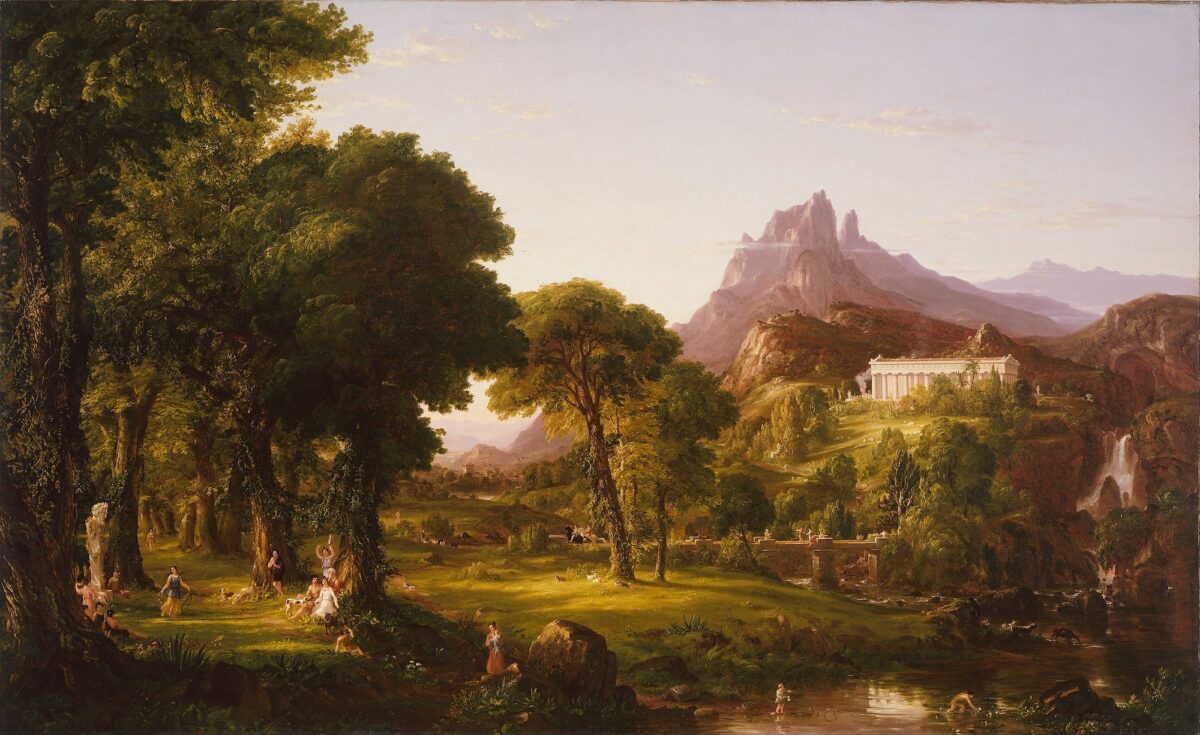
At the beginning of the school year, I wrote a brief post sharing our transition over to the Children’s Tradition. For a recap of my initial review of TCT, and some of the struggles we experienced with Charlotte Mason & Classical curriculum, see these posts:
- An Education in Wonder + Changes to Our Homeschool
- What is an Education in Wonder? A Guide to the Poetic Mode
♥ For Joyfully Domestic readers: use code JOYFULLYDOMESTIC for 10% OFF on The Children’s Tradition curriculum!
A Little Background on our Homeschool
We have been using the Charlotte Mason method of education in our homeschool for *nearly* the entire time. Before we moved to CM, I started my oldest with a more Traditional method — Our Lady of Victory. Since I had only gently followed this curriculum in her Kindergarten year, it was easy for us to move over to Charlotte Mason for her first grade year.
I knew early on that I wanted a literature based curriculum and one rich in tradition. But it took me a little while to find the sweet spot with our philosophy of education. But after a lot of prayer, reading & research, and personal additional education as a mother-teacher, God led me toward a solid foundation for our family.
While I love most of what Charlotte Mason teaches and still utilize a good portion of her method, something was still missing. I knew I wanted to base our home life on the traditions of St. Augustine, St. Thomas Aquinas, and the Early Church Fathers. However, like most of you — I didn’t know where to go from there.
During my search, I bought and tested out various “classical” curriculums, which were not the right fit — and awfully expensive too! I kept finding out that these popular classical curriculums were actually just Neo-classical — not what I wanted for our family.
The key missing piece in our home was the poetic mode of education — an education in wonder.
This wonder ultimately is strengthening our spiritual lives because it is leading us to a deeper sense of what is truly True, Good, and Beautiful. And our goal is ultimately towards union with God.
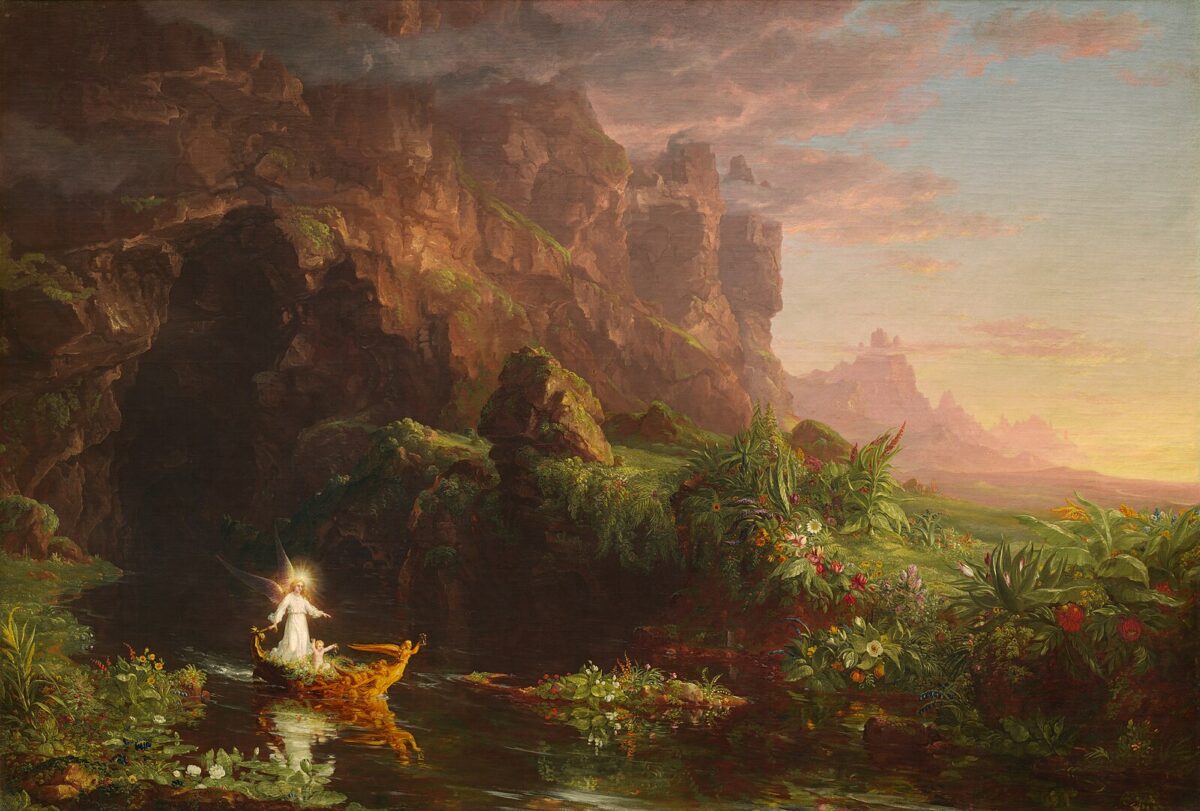
The Children’s Tradition Review
Before, I dive in to my initial thoughts, for reference, as we are finishing up this school year, I have students in Y3, Y5, Kinderleben, and a special needs child.
So, how did our first year with TCT go? Overall, it was truly wonderful! In my first review post, I shared how life-giving it was for our family. The philosophy was a breath of fresh air and was exactly what we needed.
Since then, I’ve learned more about John Senior, read more books about a real classical education, and the poetic mode of learning. And there are no doubts in my mind now that this is the path that we will continue on with in our home.
But, we are not curriculum purists here and I believe that you need to choose what is right for your family. That said, I am combining TCT with The CMEC in our homeschool.
Pros + Cons ??
The things that I would consider as “cons” with TCT beta version were resolved in the updated edition. So, I will only briefly mention them.
First off, the amount assigned for readings of certain text was just too much for my children. And also for myself personally. I removed some of those readings and shortened lesson times in our first year. And in the Spring 2025 release, this has been fixed.
The next issue that we ran into — some of the assigned books seemed a bit more advanced for my students. For example, for Y5, “The Faerie Queene” was assigned and this was a HUGE challenge for my daughter. I decided to replace it with something else. And I’m happy to see that this has been appropriately moved to Y7 in the latest edition.
But of course, as a mother-teacher, we know what our children are capable of and TCT is definitely flexible to allow us to make any adjustments and to DIY our own plans. Super refreshing!
Lastly, TCT does use John Senior’s 1000 Good Books list as a base for the curriculum. And John Senior leans heavily on the promotion of creating boy’s school. So there’s a lot of books, such as adventure stories that my daughter wasn’t too interested in, but my son loves them!
I did a few swaps here and there with classics from Louisa May Alcott and Lucy Maud Montgomery for her and will continue to swap out a few of these type of books as needed. And I do believe that she will gain some wisdom from some of the adventure stories, but not quite as many as my son would appreciate.
So, these are just some minor things we ran into when we began our first year with TCT. But I’m so happy to see they’ve since been adjusted.
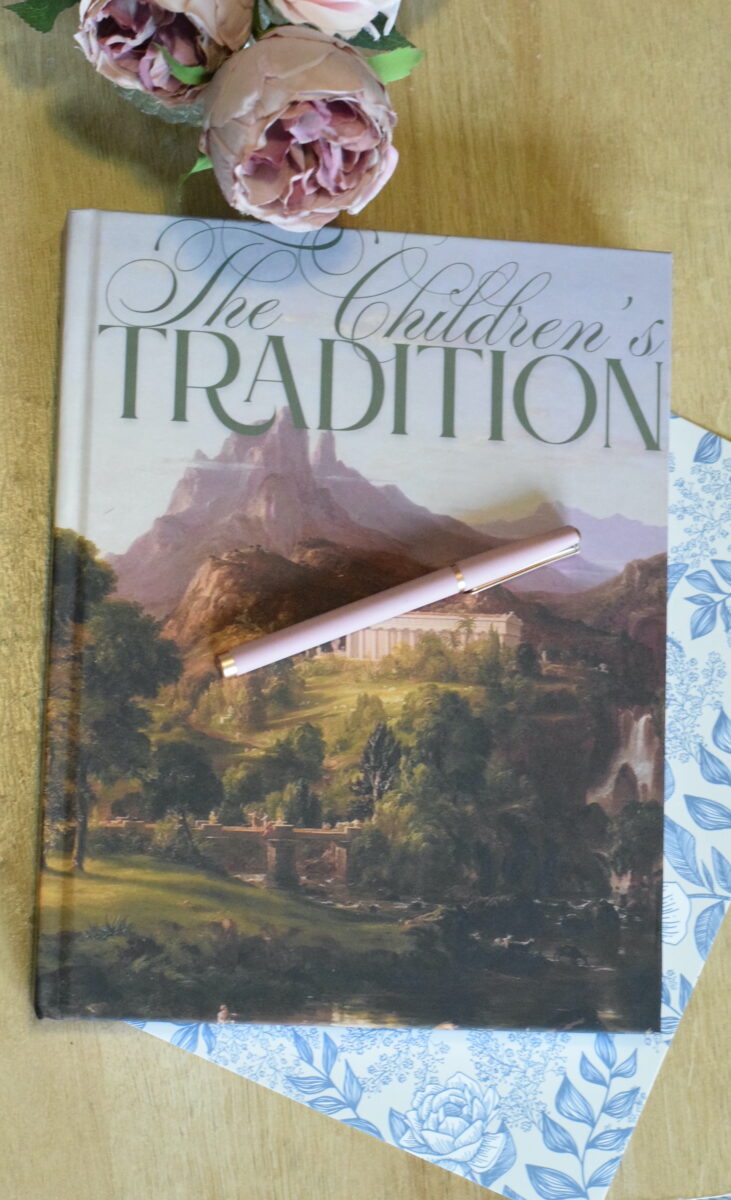
Printing note:
The Children’s Tradition now offers an option for printing and binding through Humble Heart Press (available after purchase of the digital version). I had my copy of TCT printed through Barnes and Noble print-on-demand service —before an option for printing was available through HHP. I made my own cover design in Canva Pro using a favorite Thomas Cole painting that would look nice and wouldn’t get cut off in the format for hardback. It ended up being pretty reasonable in price with the options that I selected — somewhere between $30-35 total. I know that the font looks a bit wonky, but I didn’t catch the bleed marks on the setup of the cover design in B&N. 😅
TCT Spring 2025 Edition Review
Let’s start off with my praise for this updated version! I just want to say that the philosophy section of The Children’s Tradition is worth its weight in gold! This section of the curriculum has been expanded from 81 pages in the original beta version to 125 pages in the new! And it is so rich in wisdom and inspiration.
Even if you don’t want to use John Senior’s recommendations for books as the basis of your curriculum or the included lesson plans, the sections called “Credenda and Praxis” & “The Curriculum” are super helpful for the mother-teacher!
The updated curriculum is jam-packed full of nuggets of wisdom that are super helpful as you build out your homeschool philosophy. I’ve found everything in the guide to be built on the classical tradition and nothing that is contrary to our Traditional Catholic Faith. But of course, a few slight additions or adjustments would be needed for our particular situation.
Everything is easily customizable for our family’s particular needs and our spriritual life. This curriculum is not for “school hours” only. It is to be truly lived in our daily lives.
I’m so happy as my oldest child progresses into Y6 soon, the updated curriculum now includes lesson plans for Grades 1-7. This is super helpful for seeing the student’s progression by using John Senior’s recommended books and the classical tradition.
I usually make our own lesson plans based off of things like varying lessons, combining students, special needs, etc. And this curriculum makes it a little easier for doing so!
A few more key highlights in the new edition:
- Updated to over 300 pages of philosophy, guides, lesson plans, and more!
- Includes a beautiful section on St. Benedict & his rule — helpful for those looking to create their domestic church from scratch or begin a deeper prayer life. Personally, I love the Carmelites and try to follow their tertiary rule already. Both are rich and beautiful contemplative orders and I think preference would depend on your end goals. But as the Benedictines were a favorite of John Senior, I can see the value of why it is included in TCT.
- John Senior’s 1000 Good Book list organized by suggested grade level. Again, this can be adjusted based off or your child’s needs.
- Early Years (preschool), 1st-7th grade guide & book list. And there are suggested transitional years for older students just starting out with TCT.
- Suggestion for creating a Benediction Table (aka Morning Time or as we call it in our home, Veritas Hour) for your family.
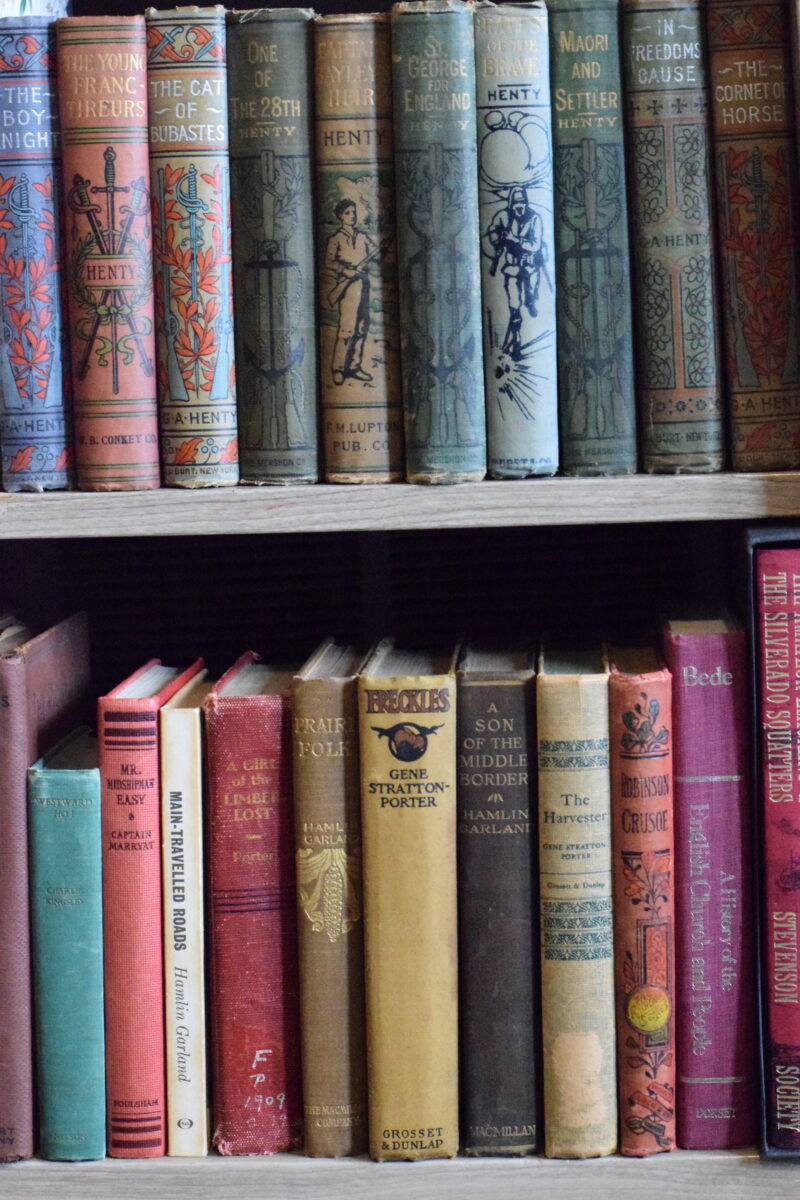
Favorite Books Read This Year
To make things easier on all of us as we transitioned from The CMEC to TCT, I combined some of our lesson time as family subjects — this was also helpful in covering some of the books we haven’t read in the past. I also mix and matched from the curriculum based on my student’s ability to read independently and we used some of the books for both afternoon and evening read-aloud time.
So we read together – a lot! And it was so cozy and enjoyable for all, even mom!
For independent readings of some of the more challenging books, I allowed the children to listen to it on audio/Yoto cards while following along in their books. And their comprehension is tracked through narrations.
Let’s chat about some of our favorite books read…
My Son’s (Y3) Favorite Books Read This Year:
- Lives of the Saints
- Tanglewood Tales — He especially enjoyed “Dragon’s Teeth”
- Heroes
- Angel Food Series (not a TCT book, but part of his catechism supplements)
- Jack and Jill
- Little House Series
My Daughter’s (Y5) Favorite Books Read This Year:
- Little Women
- G.A. Henty books in general.
- Marjorie Daw
- Smoky
- Plutarch — she especially enjoyed Caesar.
- Ourselves – she really loved the discussions we had together after reading and narrations.
- Marvelous Adventures and Rare Conceits of Master Tyll Owlglass
I have appreciated the richness of these books and especially love the continuation of fairytales, fables, legends, and myths into the older years. It seems to me that there was less emphasis on reading fairytales and fables in the older years with some of the CM curriculum I’ve read.
I’ve enjoyed finding vintage editions of most of the books for upcoming years. But I would also like to share that a majority of the books can be found for Free as a PDF online — usually through Project Gutenberg or Internet Archive. TCT shares these PDF links and other preferred options under the book lists — super helpful if you’re on a tight budget!
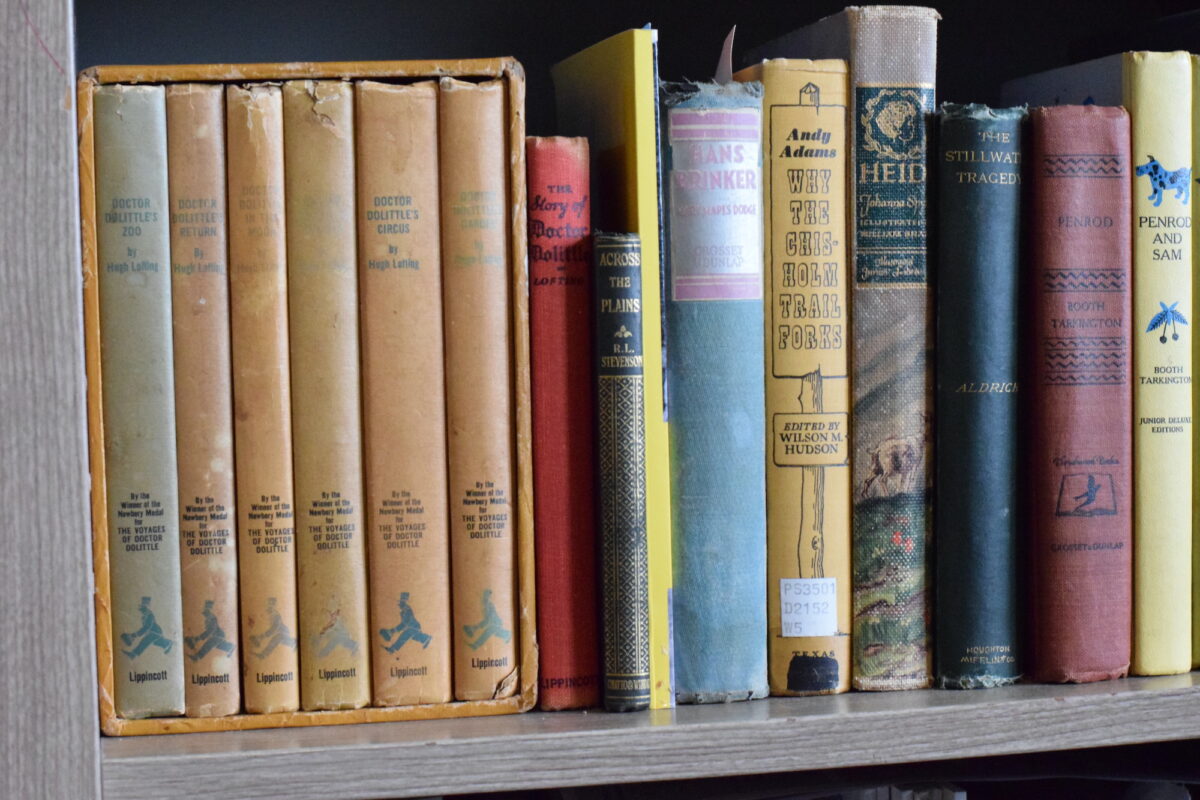
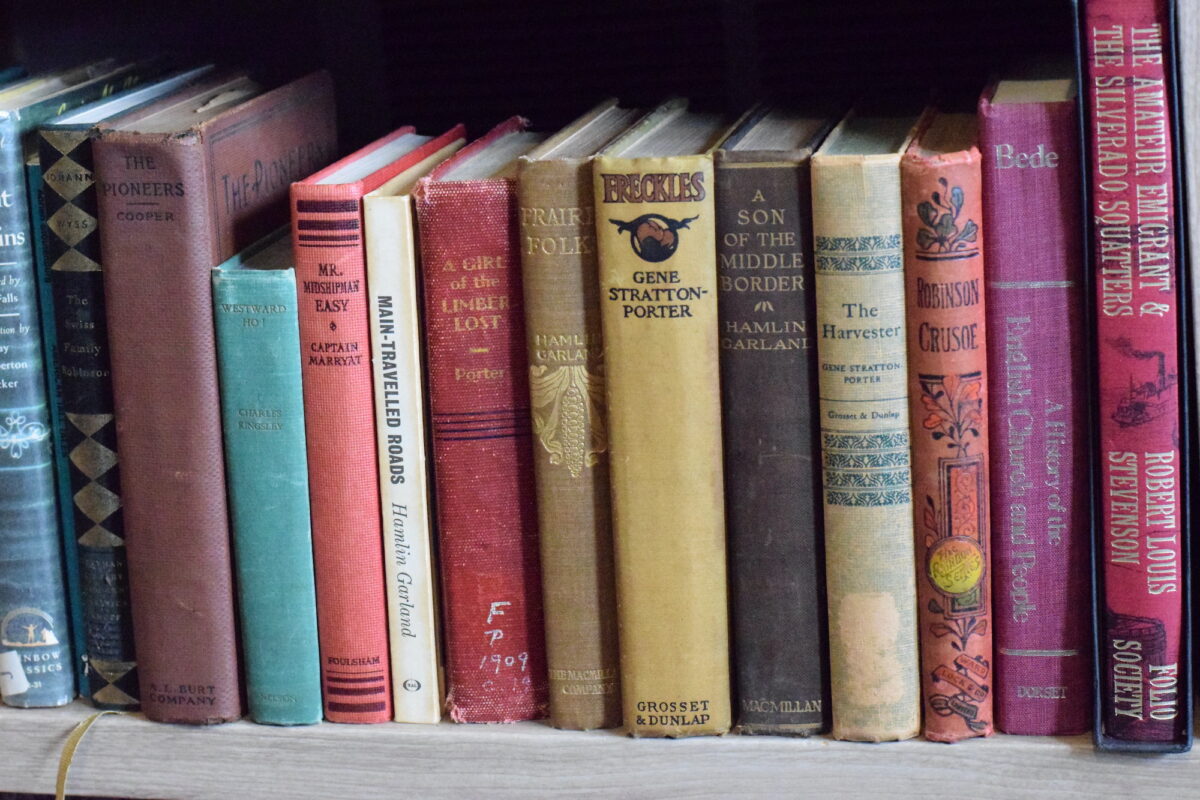
The children’s Tradition Discount Code
Use code JOYFULLYDOMESTIC for 10% OFF on The Children’s Tradition curriculum!
Plans for the New School Year
As we are rounding out the final weeks of the school year, I am deep in planning mode for the next year. We won’t be taking an extended summer break as we have moved to more of a year-round school. Instead, we are having a leisurely summer aka scholè.
This works well for us to take off a week or two at various times for things like Christmas, Holy Week, Easter, traveling, etc. I’ll write more about how we make this work in a future post for anyone interested.
That said, we are using The Children’s Tradition again for the bulk of our curriculum this coming year and paired with The CMEC. In addition, we are pairing it with lives of the saints and other specific spiritual reading books, liturgical / morning devotionals, TLM Catechism, Catholic Historical supplements through living books, and a few more adjustments.
Stay tuned for our full 2025/2026 Homeschool Curriculum post — coming soon!
Until then, here are a few more resources that we will be using in the new school year:
- Favorite Catechism Resources in Our Catholic Home
- Musical Education in Our Classical Homeschool
- Shakespeare in our Classical Homeschool + Favorite Resources
- Fairytales, Fables, Myths, and Legends in a Catholic Education
- The Art of Narration in a Classical Charlotte Mason Education
- Copywork: Simple Transcription in a Classical Charlotte Mason Education
- Dictation: Spelling + Grammar in Classical Charlotte Mason Education
Share your thoughts with us!
→ Have you used the beta version of TCT — how did it go? If you’re considering the newest edition of The Children’s Tradition — do you have questions? Let us know in the comments section below! ♡
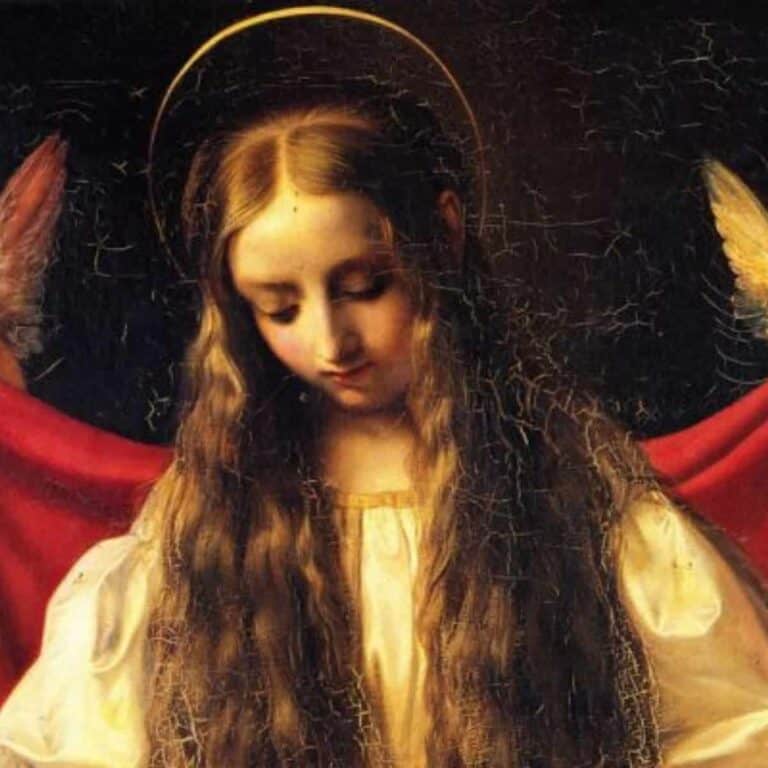
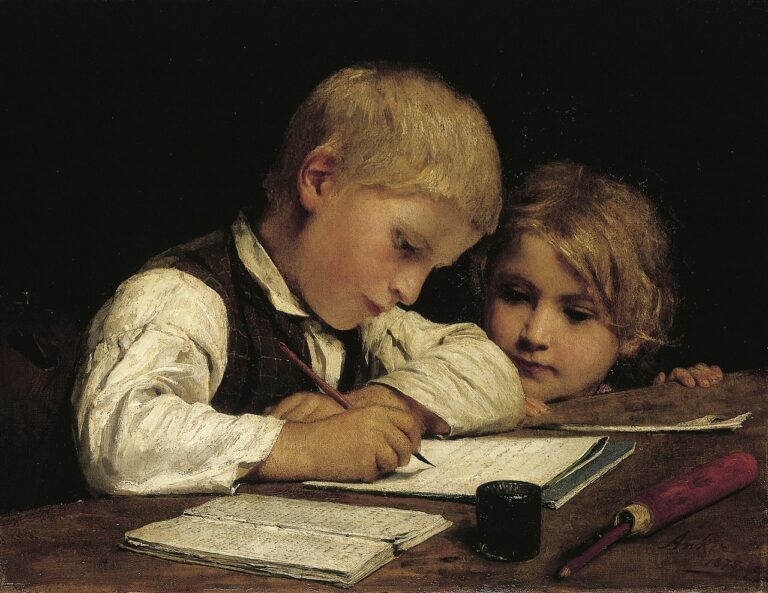
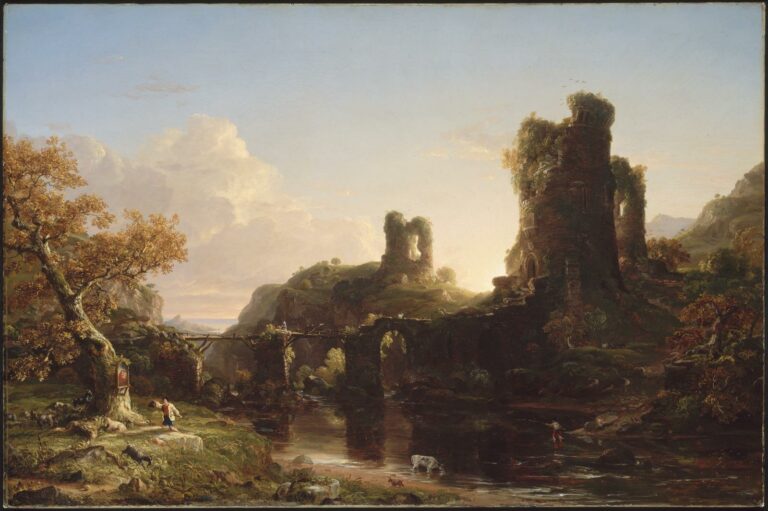
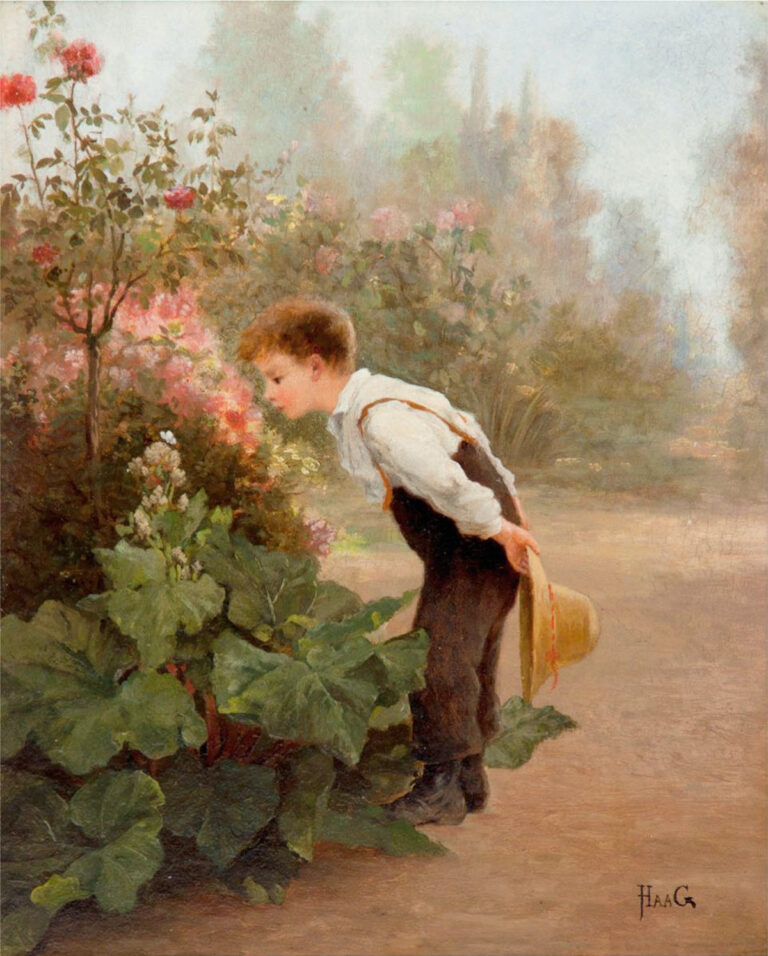
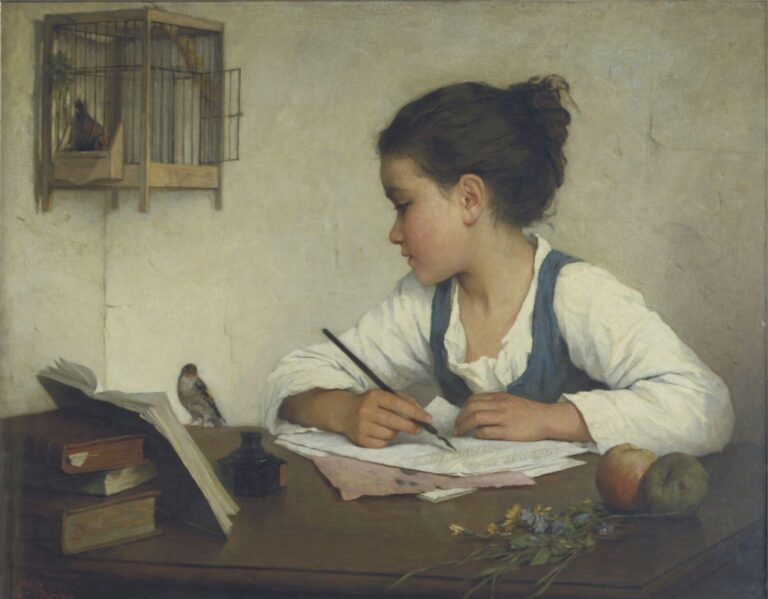
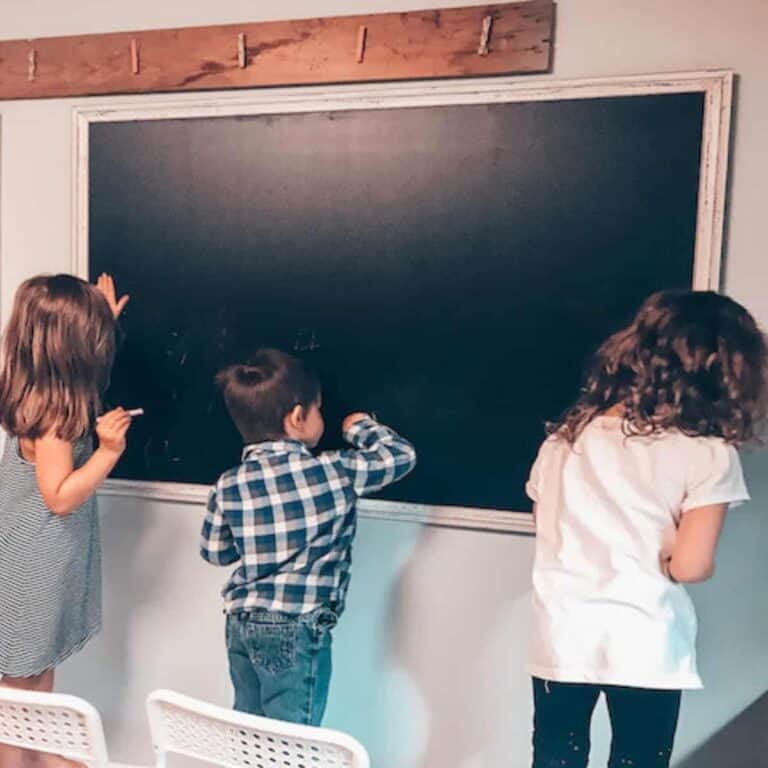
Thanks for your thorough review! I really enjoyed reading about how TCT worked for your family. What did you think of the switch from a program like the CMEC that has a pretty structured history program to TCT which uses mostly novels? (Esp. the older grades which use mostly GA Henty novels)
Thank you, Arenda! 🙂 Well to be honest, we actually swapped the suggested history resources when we were using The CMEC. But, as far as the novels go, the updated version of the curriculum has more than just G. A. Henty as a source. In addition to the historical fiction books, there are historical accounts and the medieval chroniclers assigned. And paired with the student’s book of centuries, I have no doubt that they are getting a well rounded and rich education.
Hope this helps!
-Mary
Dear Mary,
I too love the Mass of the Ages and I too have loved the CMEC and I too have failed over and over again to implement it as it ought to be…do you think if I just give myself the freedom and let go of the guilt it will be enough? We have four children as well but with a large gap between our first and our last three, so I have a 2AUpper being joined by a 1B and then kinderleben. We have invested so much in the CMEC but…will The Children’s Tradition help us to implement the CMEC in a more Godly manner — with peace? I thought you might have some insight. It is a lot of money but I don’t want to go through another year just failing!
+JMJ+
Kristina
Hi Kristina,
Thank you for reaching out! It is so nice to find so many like minded mother-teachers through the blog! 🙂 I would say that it was truly through TCT that I’ve found peace in our homeschool. I love The CMEC, but it wasn’t the right fit for us as a standalone. I love combining both the richness of TCT and the classical Thomism mindset alongside The CMEC. It truly is a life of awe and wonder. But, I also love and learn much from Charlotte Mason, The CMEC and the Mother’s Education Course. So, personally — this is best for my family. Have you been able to review John Senior’s 1000 Good Book list? This will give you a better idea of what is covered in the majority of the TCT curriculum. I’ll link his book, “The Death of Christian Culture” that is free on Internet Archive for your reference: https://archive.org/details/deathofchristian0000seni/page/182/mode/2up
It is the poetic mode of education that makes this curriculum special. Which could be done with Charlotte Mason, too. But it isn’t explicitly taught or explained in most curriculums out there. I hope that this is helpful!
-Mary
Thank you so much for sharing this. My dad went to the IHP program, so everything you are saying really resonates with me. Does TCT have suggestions for all subjects? Or is it strictly literature based? Would you mind sharing in an average day how much reading with the children you try to do? Just trying to gauge the time implications.
Hi Becca! That is amazing to hear! You’re the first person I’ve been in contact with who has a relation who was part of the IHP. I would love to hear more about his experiences if you’re ever inclined to share. 🙂
So, TCT does not do traditional “subjects”, but it does cover them, if that makes sense. Here is a very good article explaining that a bit: https://thewonderyears.substack.com/p/the-childrens-tradition-does-not
And no it is not completely literature based, but it is a good portion of the curriculum like Charlotte Mason — there are still narrations after reading, language arts like copy-work and compositions, grammar for the older years, composer and artist study, map work, etc. But, what would differentiate this from a strictly Charlotte Mason education is learning more about the poetic mode of education.
As far as how long readings and things would be — that all depends on the age and stage of the child. My older students are becoming more independent in their readings and written narrations, etc. So that frees me up to work with my younger students. We also do common subjects together in the morning time. But we are done by noon on most days with afternoon occupations done independently.
It is an education that is truly lived and isn’t just set to specific hours either. But to get a little insight on a typical day, I have this post: https://joyfullydomestic.com/well-ordered-day-rooted-in-wonder-faith/
It is a goal of mine to go more in depth and write up a typical day of lessons in the (hopefully) near future! Hope this helps…
Mary